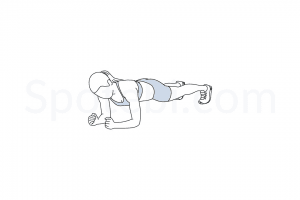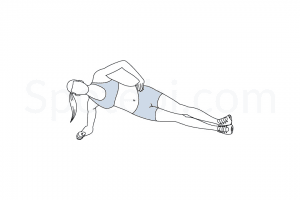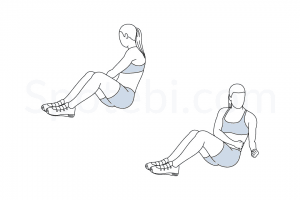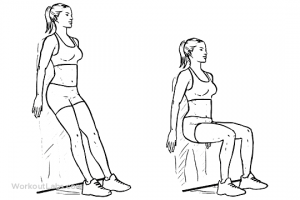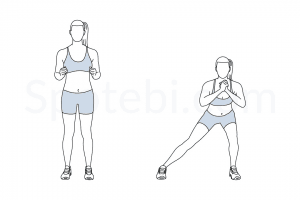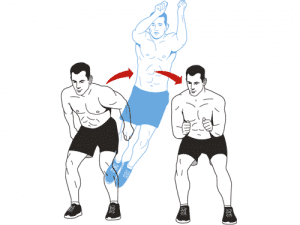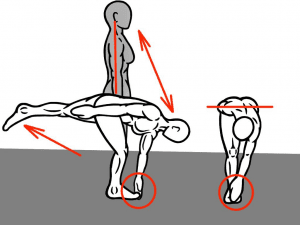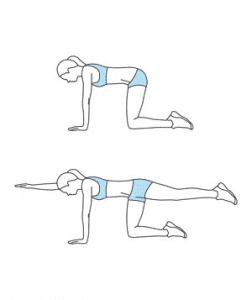Fitness and Performance
Winter is here…and so is Ski Season!
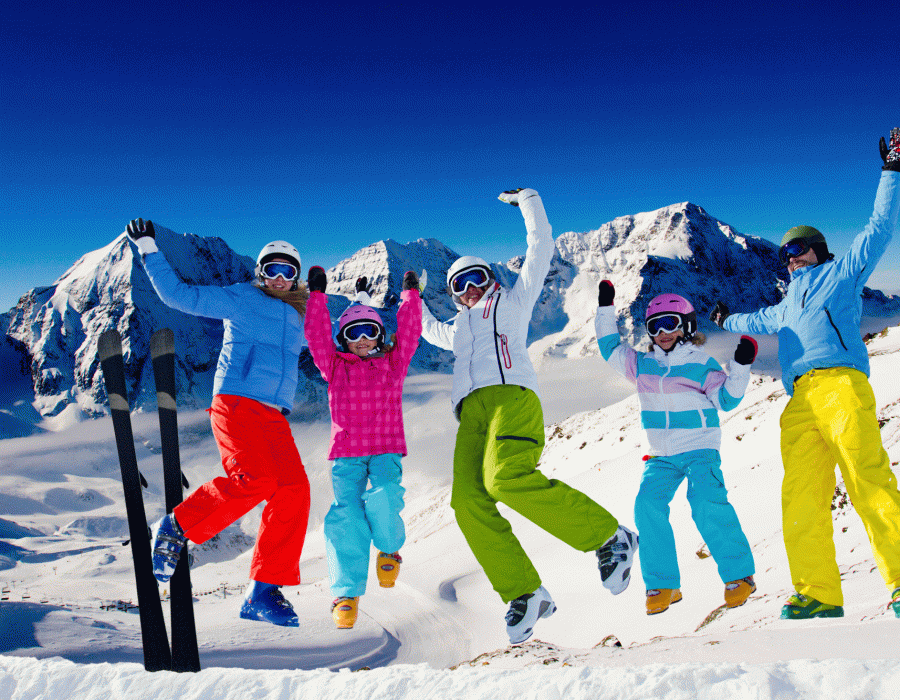
So Christmas has been and gone, but ski season is well and truly still on!
Although you may not be competing in the upcoming Winter Olympics, heading out to the slopes is still pretty demanding on the body and there are a fair few injuries that can occur.
One way to prepare ourselves and reduce the risk of injury is through exercise. Exercises can be started at any time, although the sooner you start the better to allow time for the muscles to adapt.
To make sure you have a great time out there and can après without needing an ice pack or a trip to the on-site Doctors, here are a few top tips:
1. Always wear protective gear
Although this may seem obvious, it is important that you are wearing the proper attire at all times to reduce the chance of serious injury, including head trauma. Helmets and properly fitted ski boots are a couple of easy ones. Make sure you get boots that are fitted correctly to avoid ankle impingement problems and to make sure that if you do fall, your legs and ankles are as supported as possible.
2. Keep hydrated
This will help with maintaining your concentration so that you are less likely to make easily avoidable mistakes. Not only that, but drinking 2 litres per day (the average amount still recommended) helps to remove waste products from the body and deliver oxygen more efficiently which can enhance muscle performance.
3. Trunk (‘core’) workout
It’s not too late to do some exercise to strengthen the main muscle groups used during skiing. Having strong trunk muscles will help with balance and the allow the back muscles to cope with more demand. This can reduce the strain on them and so reduce back pain.
4. Leg workout
If you strengthen the muscles in your legs they can support your knee joints and increase their ability to cope with the demand that skiing and snowboarding can put on them.
5. Balance training
Ligaments are commonly irritated during winter sports. Balance training can target the ligaments and get them ready to deal with the repetitive twisting movements that occur with skiing and snowboarding.
If you do pick up any injuries along the way, ensure to get them checked out by a health professional. Or if you are not sure if you require any specific training or treatment before or after, just get in touch with Capital Physio to see a registered physiotherapist.
*Please note that the information provided is a guide only and is not a substitute for professional advice. Do not perform any exercise that causes pain.
